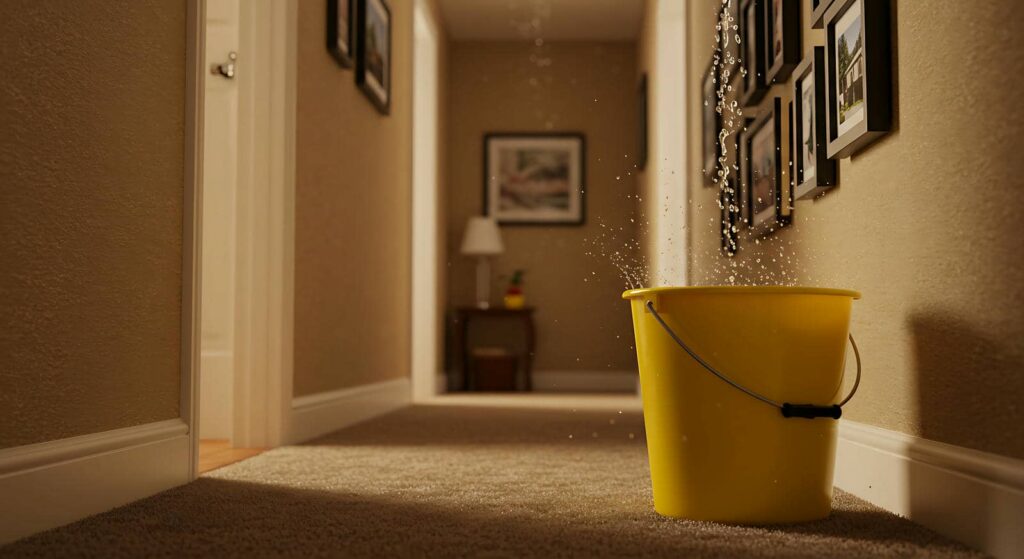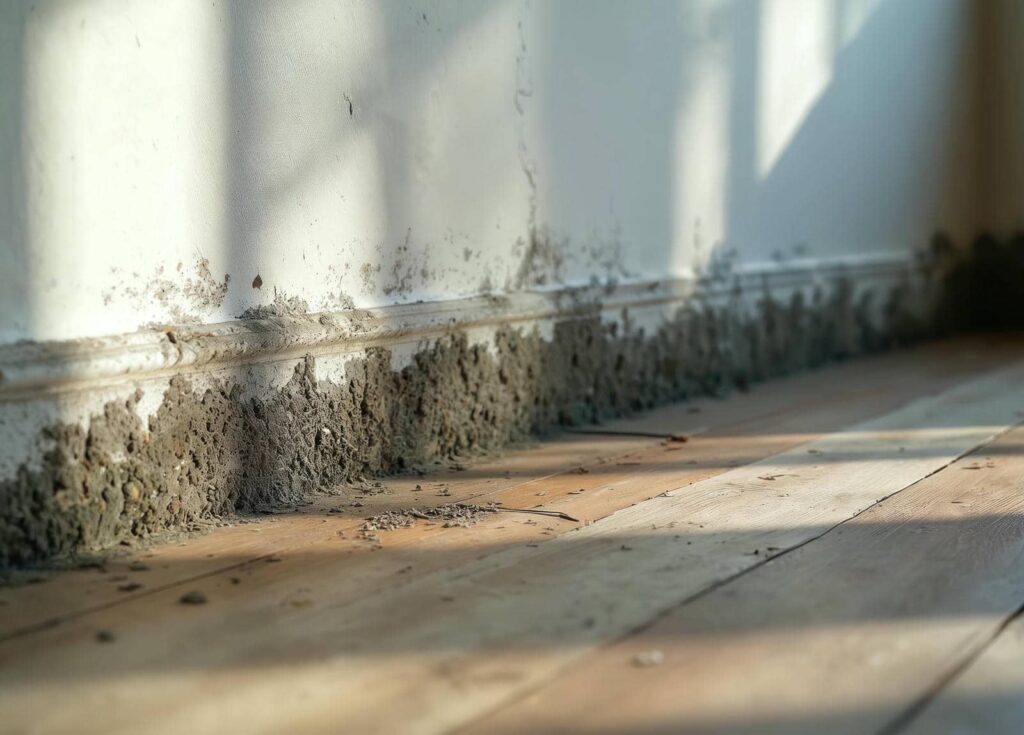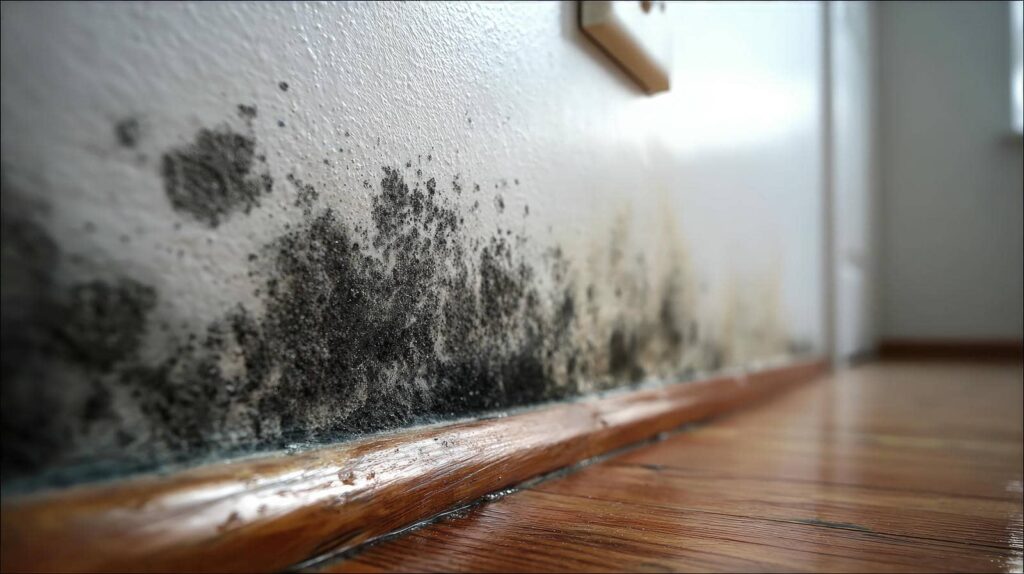Contents
When safeguarding your home against mold, mastering a few key strategies can make all the difference. By taking proactive steps to tackle moisture issues head-on, you’re already on the right track to mold prevention. However, there are additional measures that can greatly enhance your mold defense system. Stay tuned to reveal how optimizing ventilation, humidity levels, and moisture control can fortify your home against the intrusion of this unwelcome guest.
Understanding Mold Growth Factors
Understanding mold growth factors is necessary for homeowners looking to prevent mold issues in their homes. Mold requires moisture to grow, making areas with high humidity levels or water leaks prime breeding grounds. To prevent mold, it’s vital to control indoor humidity levels. Ideally, keep humidity levels below 60%, especially in areas like bathrooms, kitchens, and basements where moisture tends to accumulate. Using dehumidifiers in these spaces can help maintain ideal humidity levels.
Another crucial factor in mold growth is poor ventilation. Stagnant air provides the perfect environment for mold to thrive. To reduce moisture build-up, ensure proper ventilation in bathrooms, kitchens, and attics. Regularly check and clean air vents, exhaust fans, and ducts to promote air circulation and prevent mold growth.
Additionally, opening windows periodically to allow fresh air to flow through your home can help prevent mold.
Furthermore, temperature plays a role in mold growth. Mold thrives in temperatures between 77-86°F (25-30°C). Keeping your home below or above this range can deter mold growth. During warmer months, use air conditioning to regulate indoor temperatures. In colder seasons, maintain a consistent temperature to prevent condensation, which can lead to mold growth.
Implementing Proper Ventilation Techniques
Implementing proper ventilation techniques is crucial to effectively prevent mold growth in your home. Good ventilation helps reduce moisture levels, which is essential in mold prevention.
Start by opening windows and doors when weather permits to allow fresh air to circulate throughout your home. Utilize exhaust fans in bathrooms, kitchens, and laundry rooms to remove excess humidity generated during activities like showering or cooking. Make sure these fans vent to the outside rather than into attics or crawl spaces.
If your home lacks adequate airflow, consider installing a whole-house ventilation system. These systems help control moisture levels by continuously circulating fresh air while expelling stale air. Regularly check and clean your ventilation system’s filters to ensure they’re working efficiently.
In areas like basements or attics, where ventilation may be limited, use dehumidifiers to extract excess moisture from the air. Properly insulate these spaces to prevent condensation build-up.
Maintaining Optimal Humidity Levels
Maintaining ideal humidity levels is essential for the best mold prevention in your home. Mold thrives in damp environments, making it vital to keep indoor humidity levels between 30% and 50%. To achieve this, use a dehumidifier in areas prone to moisture build-up, such as basements or bathrooms. Additionally, make sure to have proper ventilation in these spaces to allow moisture to escape.
Monitor humidity levels in your home regularly using a hygrometer. This device will help you track any fluctuations and take necessary action promptly. During warmer months, use air conditioning to help control humidity levels. Keep in mind that air conditioners do more than just cool the air; they also help dehumidify it.
Another effective way to maintain ideal humidity levels is to use exhaust fans in kitchens and bathrooms. These fans help remove excess moisture generated from cooking, showering, and other daily activities. Remember to run these fans during and after activities that produce steam or humidity.
In addition to mechanical methods, incorporating houseplants like Boston ferns or peace lilies can naturally help regulate humidity levels. These plants release moisture through a process called transpiration, which can be beneficial in maintaining balanced indoor humidity.
Recap
Following these three mold prevention strategies can practically assure a mold-free home for life! Keep moisture levels in check, maintain proper ventilation, and manage ideal humidity levels to create an environment where mold simply cannot thrive. With these simple yet effective steps, you can rest easy knowing that your home will remain clean, healthy, and mold-free for years.




